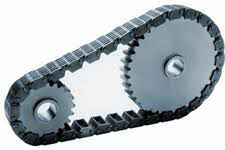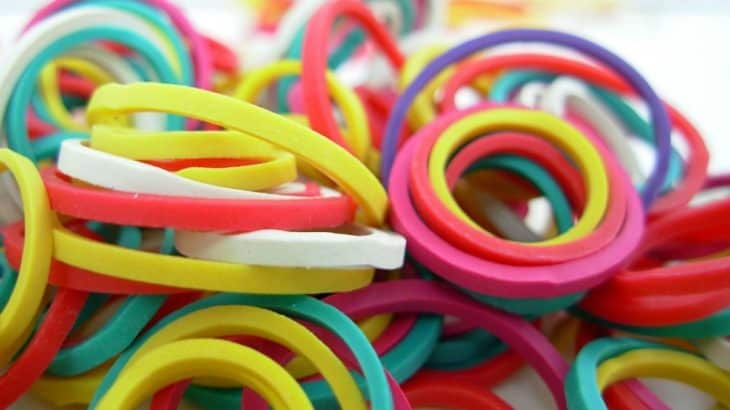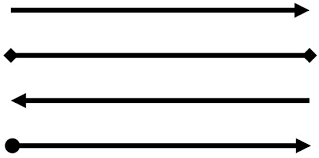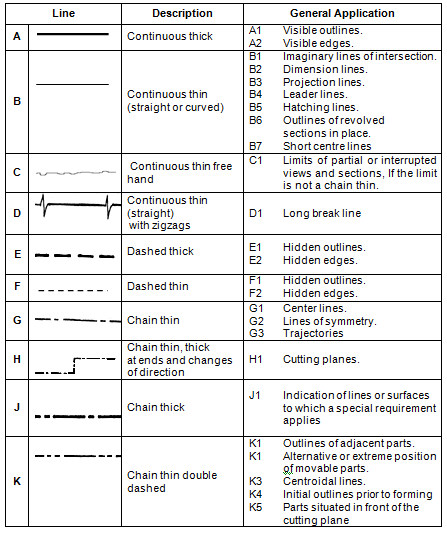Topics in Basic Technology
Definitions of technology and their explanations Examples of technology Forms of technology explained with their differences Types of chain drive Types of belt drive Types of Ceramics Advantages and Disadvantages of Chain Drives Len Academy Questions for Basic Technology JSS3, 2nd Term Len Academy Basic Technology Questions, JSS3 Belt and Pulley Drives: Types of belt in belt drives Refrigerator as an electromechanical device, its parts and operations What is chain drive? Classification of chain drive What are Belt Drives? Advantages and Disadvantages of Belt Drives Type of Lines in Technical Drawings Len Academy questions for Basic Technology, JSS2, 2nd Term Len Academy questions for Basic Technology JSS2, 2nd Term, Part 2 What is Maintenance? Types of Maintenance Hardwood and Softwood - Characteristics and Examples What are Ceramics? Characteristics of CeramicsAcademic Questions in Basic Technology
The _____ functions to remove excess heat from the refrigerator.
A. Evaporator
B. Compressor
C. Condenser
D. Expansion Valve
E. Thermostat
F. Defrost System
A fluid or gas that runs through the compartments of a refrigerator is termed _____.
A. Water vapor
B. Liquid vapor
C. Frost
D. Refrigerant
E. Compressed water
F. Evaporated water
Current flows through a path called _____.
A. Electricity
B. Electric Route
C. Electrolysis
D. Transformer
E. High Tension
F. Electric Circuit
Googles are safety wears.
A. True
B. False
Which of the following is false concerning advanced ceramics?
A. They can be made from metallic oxides
B. They are very hard and durable
C. They are corrosion resistant
D. They are fired in the presence of oxygen
E. They are fired at a very high temperature of about 1700oC
F. They can be made from non-oxides such as carbides and borides
A thin continuous line is used for representing the followings except _____.
A. Intersections
B. Hatching lines
C. Long breaks
D. Diagonal line used to state plane surfaces
E. Leader lines
F. Back section lines

With regards to chain drives, the diagram above is a/an _____ chain.
A. Roller
B. Silent
C. Leaf
D. Flat-top
E. Detachable
F. Acceleration
A type of chain drive commonly used in bicycles is the _____ chain.
A. Roller
B. Silent
C. Leaf
D. Flat-top
E. Detachable
F. Acceleration
People are willing to take proper care of what’s precious to them. For instance, An individual may take his car to a mechanic for servicing while another will call for the generator repair person to service his generator.
The car and generator in the above instance may not necessarily be in a completely bad shape; however, the fact remains that if left unchecked, a greater damage may result.
Any action that involves the servicing, checking, replacing and repairing of an equipment, object or device is termed maintenance.
Maintenance has two main goals. These are:
To prevent a breakdown
To repair the breakdown
An individual may attempt to manage cost by carrying out maintenance before a damage or breakdown occurs.
Please read more on cost here.
There are generally six main types of maintenance. Below are explanations on some of these:
The goal of preventive maintenance as the name suggest is to prevent a sudden breakdown on a device or equipment. It is carried out routinely on a device even though no apparent fault may be visible on such device.
As an instance, a person who services his or her car monthly even though the car is still able to function properly is said to be carrying out preventive maintenance on the car.
In the course of a preventive maintenance, worn out parts may be discovered and replaced as soon as possible. Also, there may be a change of oil as other little adjustments may also be carried out.
Please read on the parts of a refrigerator here.
Interestingly, we carry out preventive maintenance on our bodies to prevent certain diseases. For this reason, some persons have discovered cancerous cells in their body through regular medical checkup; and were able to kill such cells before they become malignant.
Note: Immunization is a form of preventive maintenance.
Please read more on immunization here.
Preventive maintenance is considered to be the best form of maintenance.
Preventive maintenance may be defined as the routine check on an object or equipment before it fails or develop a fault.
Corrective maintenance is carried out after a breakdown had occured to an object or equipment. It may require a change of the damaged part or another form of repair on such damaged part.
An instance of corrective maintenance is seen when a knocked engine had resulted in a car failure. The car owner will either repair the faulty engine or buy a new engine. The latter can be quite expensive.
The goal of corrective maintenance is to correct the damage that occured to the device or equipment. Sadly, we have heard news about collapsed buildings because the owners of such buildings took no account of preventive, predictive or periodic types of maintenance. The unfortunate thing about this (collapsed buildings) is the preventable 'deaths' which may result before corrective maintenance is done. Also, imagine the amount of road accidents that would have been prevented if only we had properly working cars on our roads.
Please read on the functions of government here.
Corrective maintenance may be defined as the repairs that are carried out after the damage of an object or equipment had resulted.
Some persons may be able to predict when a damage will result based on various signs. Nowadays, the development of technology has increased the rate of predictive maintenance. In this regard, sensors are used to monitor the workings of various parts of an equipment, object or machine.
Please read on the internet of things here.
Meanwhile, understand that the sensors send information about the impending damage to the user via a network.
Please read more on networks here.
Predictive maintenance is quite efficient in the way it works since it reduces unnecessary spending.
You can read on scale of preference here.
Predictive maintenance is defined as the repairs carried out on an equipment or object after a correct prediction of an impending fault.
Kindly share this article via the links below:

Please click here to contact Alfred if you require any of the following services:
If you need a standard website at an affordable price.
Online training on the academic subjects: biology, chemistry and basic science.
If you require an advanced smart school management system (web application) for your school.
Click here to read on Len Academy Smart School Software.
Please click here to follow Len Academy on Google News.
Amazing facts in Basic Technology

Rubber bands last longer when refrigerated
Lighter was invented before matches
Johann Wolfgang Dobereiner was credited with the invention of lighter in 1826 while the match was made 3 years later
Volkswagen group of companies own some of the top cars of the world. These are Audi, Bentley, Bugatti, Ducati, Lamborghini and Porsche
Notable points in Basic Technology

Arrowhead lines are lines with pointed edges at one or both ends. The pointed edges are in the form of an arrow.
Arrowhead lines are used:
At the end of dimensional lines.
As measurement lines.
A thin continuous line could be a straight or curved line. However, the main point to remember is this: 'it is a tiny line with no dot or dashes within it'.
_______________________
A thin continuous line is used for representing the followings:
Projection lines
Hatching lines
Construction lines
Short center lines
Measurement lines
Diagonal lines used to state plane surfaces
Intersections
Leader lines
Backside section lines
Any action that involves the servicing, checking, replacing and repairing of an equipment, object or device is termed maintenance.
Maintenance has two main goals. These are:
To prevent a breakdown
To repair the breakdown
Below are the types of maintenance:
Preventive maintenance
Corrective maintenance
Predictive maintenance
Periodic maintenance
Reinforcement
Overhaul

Softwoods are often derived from coniferous trees, that is: trees with needle-like leaves, and whose seeds are covered in cones.
Below are some characteristics of softwood:
Most softwood have lower densities than hardwood (weighs lower).
In terms of price, they are often less expensive than hardwood.
Their growth rate is faster than hardwood.
Most softwood do not shed their needle-like leaves during the year. However, the softwood 'larch' and 'cypress' are exceptions.
They are less fire resistant.
The diagram below shows the various types of line in technical drawing, their description and general application:

Please read more on the types of line in technical drawing here